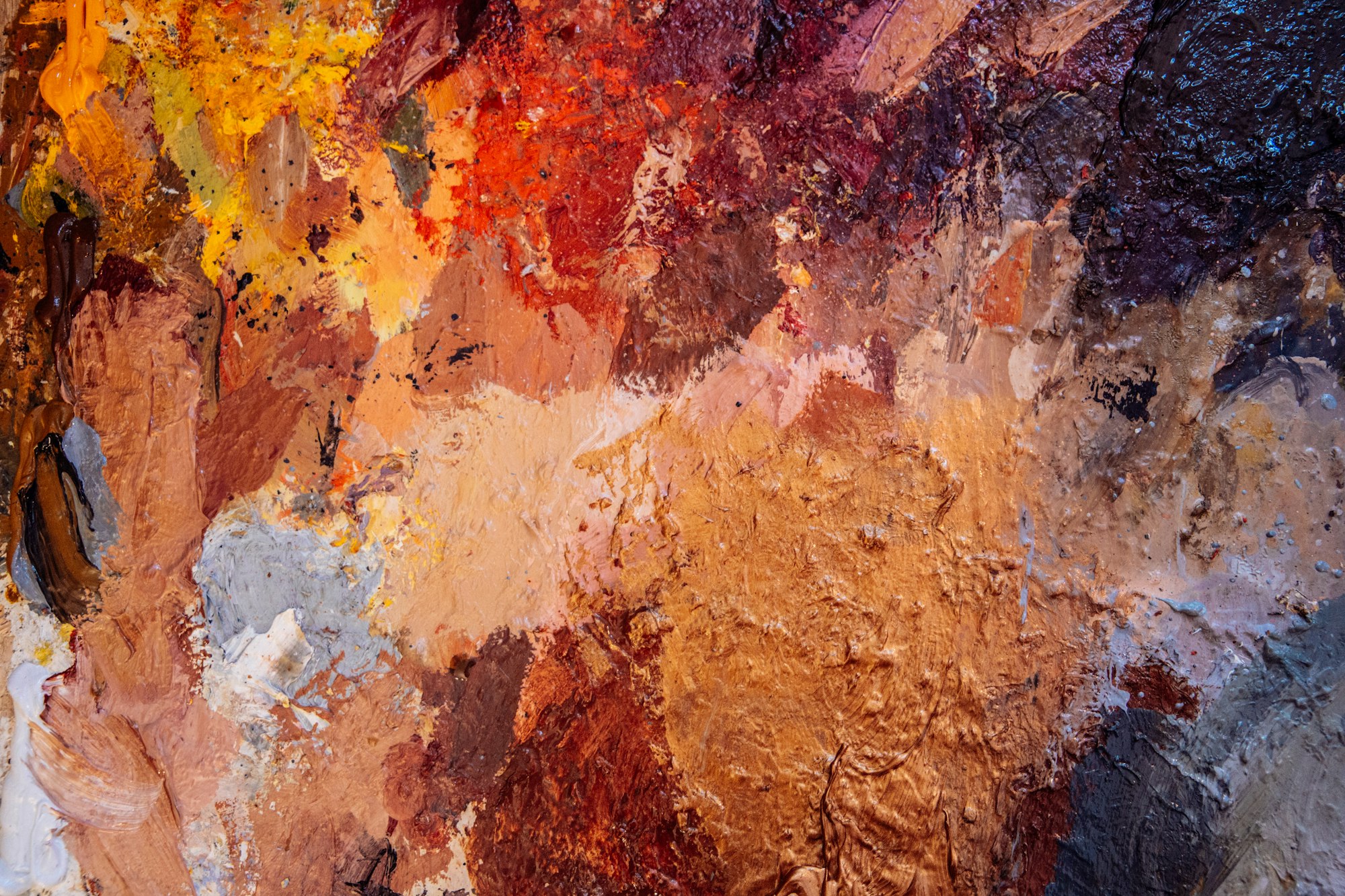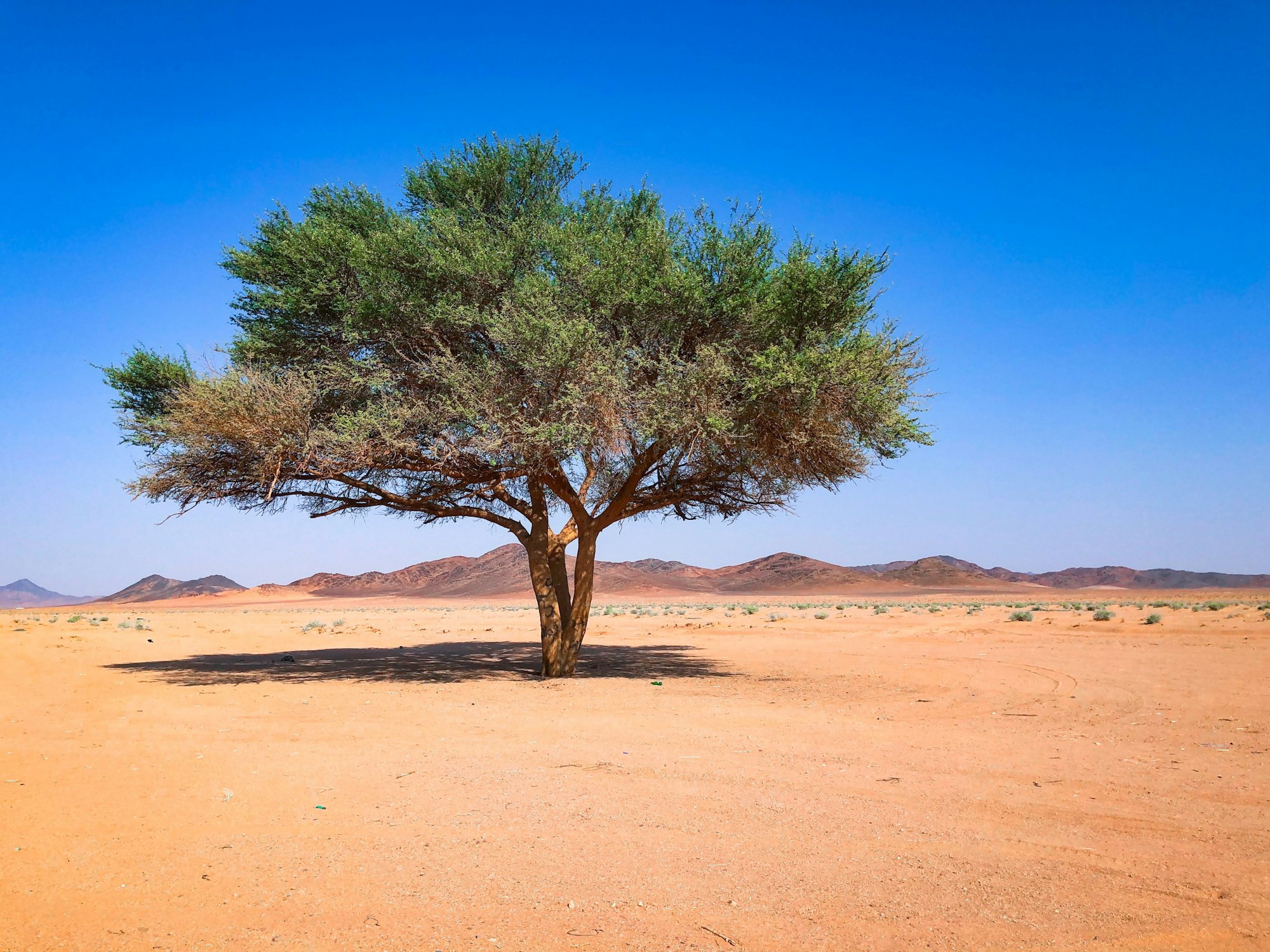Paint, Colours, And The Synthetic Chemistry Behind Them

Every artist was first an amateur, according to American philosopher Ralph Waldo Emerson. It is true; even the likes of Pablo Picasso or Frida Kahlo had to have a starting point for their painter's careers, a time when they had yet to make a face out of a brush stroke. And the same goes for all of us. As a younger boy, I remember drawing ovals with two spikes on top and a smile in the middle and then calling my piece a monster (which it kind of was, in hindsight). Nowadays, though I would not say that I've improved by a very meaningful amount, I still enjoy taking up my pencils every once in a while - especially when I take any interest in some photo that I've recently shot. Unsurprisingly, many also use art as a way of relief. The act of painting has always been a soothing way of relaxing, gently leading a brush onto and around the canvas - though I tend to find that it gets too messy to do it very often.
There is, of course, the unfortunate fact that painting is a luxury hobby. Routinely purchasing the acrylics, oils, water-based colours and paper required to even start your pieces is an expensive investment that simply cannot be avoided (unless, I suppose, you have free access to an institution's resources). And that is not even mentioning the canvas, easel and multitude of brushes you might need to make it professional. Now, I admit that I'm not much of an expert in the field, but it is probably not hard to see how niche the subject can become when you do not have a steady income to support it. If you are really good at the practice or really innovative, you might be able to sell your artworks for enough money to make it into a living - but the competition also makes that option rather difficult.

With the added amount of effort and patience required to improve yourself as an artist, not much focus is ever really placed onto the paintstuff itself. If anything, the average individual might be more interested in its value compared to its properties - the ones that are applicable to the pictures themselves. There is another side to the world of paintings, however. Perhaps more critically than even the colours that each type of paint reflects (and certainly just as interesting as the artwork they make) is the chemistry behind it all. How are acrylics synthesised? What gives them colour? What in the world makes watercolours different from guache? Let's talk about that, shall we?
The Painting Backbone
Generally, all paint is made of three main ingredients: a solvent, a binder and a pigment unique to the colour it displays. The solvent is simply the medium in which the other components are dissolved, allowing them to remain stable without decomposing and giving the paint its liquid characteristic (before drying). This, of course, varies with the type of paint used. In oil-paints, the solvent is typically some kind of vegetable oil, including linseed oil (which is thicker and makes a picture less prone to cracking) and walnut, safflower and poppy oils (which are thinner but prevent yellowing for longer).
Comparatively, all acrylic paints, guache and watercolours use water as a solvent, drying as the water evaporates over time. Interestingly, this is also the reason why oils dry so much slower than the rest. They do not dry by evaporation; rather, the oils at the surface of the paint become oxidised as they react with the oxygen in the air, making them grow stiff and solid when still. In some instances, manufacturers even add siccatives (auxiliary chemicals that are very good at absorbing oxygen from the air, as demonstrated by the organic compound known as terebine) to their paint mixture to speed up the hardening process.

Then we have the binder. Acting as a sort of molecular 'transport vehicle', it binds the dissolved pigment and essentially holds it still at the surface of the medium, emulsifying it (wherein a liquid stops being soluble in another liquid) in the process. Not only does this make the paint that much more vivid and brighter, it can further support and reinforce the material when it dries. I should note that, in oil paints, binders aren't really necessary if you're using unprocessed oil. Only the cheapy variants will use binders, which include but are definitely not limited to blanc fixe (otherwise known as barium sulfate, which mostly only serves as a filler to the mixture). When buying these kinds of paint, I would therefore recommend glancing at the ingredients before making your purchase. As I understand it, if the product is good, the list will generally be a bit easier to read and less 'synthetic chemical'-sounding.
In acrylic paints, binders are a necessity. They are so essential to the product, in fact, that one might even call them the very backbone of the paint. Introducing: acrylic acid, more formally referred to as prop-2-enoic acid. Serving as the primary subject of investigation for German PhD student Otto Röhm in 1901 (when it featured in his famous dissertation, 'Polymerisation products of the acrylic acid'), acrylic acid is a simple organic monomer that can add onto itself to form acrylic polymers. Depending on the length and size of these, industries can change the thickness and drying time of their paint. Chemical research has also provided us with a variety of different acrylic acid derivates that we may use instead, making the competition that much more intense when trying to create a new recipe of acrylic paint.
Finally, we come back to the previous conundrum; what differentiates watercolours from gouache? At a cursory glance, nothing really does. The two materials, in their basic form, both use water as a solvent and gum arabic as their binder. As the name so adequately suggests, gum arabic hails from the furthest reaches of the Arabian Peninsula and West Asia, and it is collected from the acacia tree Senegalia senegal. Being a botanical gum, it also consists of the hardened sap of its tree of origin - which, in turn, is made of some of the largest polysaccharides in existence. (So yes, some types of paint are, in fact, made of sugar.) Arabinogalactan is first and foremost amongst these, with each molecule regularly featuring thousands of atoms in its structure and bound to calcium ions as a way to neutralise its charge. Due to the intermolecular forces between the molecules, this makes concentrated gum arabic solution an incredibly viscous liquid, altering the consistency of a fluid mixture when even just a drop of the stuff is added to it. The polarity of its charges further makes it rather easy to dissolve in water - though we don't need to go into that much detail right now.

With this in mind, we can see how using different quantities of gum arabic can dramatically affect the physical properties of your paint. You would then think that gouache, which is a heavier paint than watercolours, would be comparatively brimming with the stuff. Interestingly, however, the opposite is true. Apparently, the biggest difference between the two is that gouache is far more concentrated with pigments, with white extenders like the aforementioned blanc fixe acting as thickeners in the paint. Nonetheless, this means that you would still be able to freely turn one into the other by adding gum arabic (from gouache to watercolour) or white extender (from watercolour to gouache). No wonder they blend so well together!
Now that we've discussed the backbone of paint, only the star of the show remains. As the main culprits of the hues and colours that we see on pictures - and on much of the world as a whole - pigments make a fascinating family of chemicals to explore.
Pigmented Photochemistry
In order to understand what makes a pigment a certain colour, we need to talk a bit about the concept of atomic energy levels. Each atom contains electrons that travel unendingly around its central nucleus (as portrayed via the history of the atomic model). Due to the electrostatic interactions between nucleus and the wondering electrons, which repel each other, most electrons are almost always allocated to fixed orbitals inside the atom. You may think of these as spheres that overlap each other, containing jittery electrons that stay confined to their particular spaces (even though some orbitals are not actually spherical, strictly speaking). Furthermore, most electrons will tend to stay in the lowest energy level orbital possible - the one closest to the nucleus - and will keep any excess of electrons on the outside. Sometimes, however, these positions can fluctuate.
When light is directed at an atom, it has the possibility of colliding with an electron in the form of a photon. Should the photon contain just the right amount of energy, it will then be completely absorbed by the electron and ultimately force it into a higher energy level. This process, called excitation, is how certain chemicals filter out the white light from the sun to appear a distinct shade of colour. A leaf looks green because it absorbs orange and red light and reflects green light, while the opposite would be true for a carrot. After being absorbed, light can then be emitted back out of the atom once the excited electron relaxes - though the photons emitted would be of a lower energy than before.

Pigments molecules are chemicals that are able to absorb most light in the visible spectrum, reflecting only a narrow range of wavelengths that make their encompassing object seem a certain colour. These can be either inorganic or organic, though the latter are normally the more accented of such molecules, ranging from the most vivid reds (using napthol or quinacridone reds) to the deepest tints of blue (with phtalocyanine and indanthrone, just to name a few). Generally, cheap paints will use inorganic pigments such as cobalt chloride or copper sulfate, as these are easier to acquire and can withstand radiation better.
As such, researchers nowadays are particularly interested in finding ways to prolong organic pigment lifespans more effectively - particularly since it would mean ancient dyes could be preserved more easily. Techniques include the use of humectants in paint mixture, which allows them to retain moisture to prevent early cracking; and even nanotechnologies, which could be operated in tandem with machine learning and accelerated discovery to optimise the application of chemicals on paint. We already have paintings made by AI, after all - so who knows what the future of painting could bring?
References
- Miliani, C., et al (2018). Photochemistry of Artists’ Dyes and Pigments: Towards Better Understanding and Prevention of Colour Change in Works of Art. Angewandte Chemie International Edition 57:7324–34. Retrieved from https://doi.org/10.1002/anie.201802801
- Nabais, P., et al (2020). A 1000-year-old mystery solved: Unlocking the molecular structure for the medieval blue from Chrozophora tinctoria, also known as folium. Science Advances 6(16). Retrieved from https://doi.org/10.1126/sciadv.aaz7772.
- Kaiser, J. P., Zuin, S. & Wick, P. (2013). Is nanotechnology revolutionizing the paint and lacquer industry? A critical opinion. The Science of the Total Environment 442:282-9. Retrieved from https://doi.org/10.1016/j.scitotenv.2012.10.009
